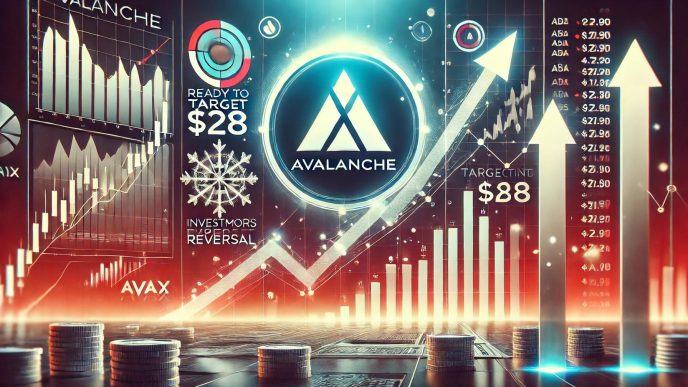As the search for alien civilizations continues, the Search for Extraterrestrial Intelligence (SETI) Institute is turning to artificial intelligence and machine learning to power the search for signs of “engineered phenomena.”
“The amount of data we’re generating grows exponentially each year, and you just can’t keep up with that kind of data using conventional analysis,” President and CEO of the SETI Institute, Bill Diamond, told Decrypt. “AI and machine learning are being extensively used—and are increasingly used—in SETI and also in the other types of science we do.”
Diamond said that AI is being used in the institute’s Very Large Array in New Mexico, which ingests data at a rate of about three terabytes per second. SETI researchers train the institute’s systems to respond when they detect a narrow band carrier or another type of engineered phenomenon in the radio spectrum that appears unnatural but possesses certain distinctive characteristics.
So has AI helped find any weird anomalies in outer space?
“Yes they have—but nothing that has yet risen to the status of confirmed technosignature,” Diamond said. “Regarding anomalous phenomena that might be natural in origin, these might yield published research results at some point, but would be a work in progress at this time.”
By training the AI on known signals, as well as simulated data, the researchers aim to develop models that can reliably detect even the faintest of suspicious transmissions. Rather than training the AI systems to look for specific, predefined signals, the institute is taking a more open-ended approach.
“Instead of looking for a particular kind of thing, like a narrow-band carrier, we can just say, ‘Show me anything different. Show me anything that deviates from the norm,'” Diamond explained.
Mitch Horowitz, author, historian, and co-host of Discovery’s “Alien Encounters: Fact or Fiction,” acknowledged that advances in artificial intelligence and quantum computing could make AI a useful tool in the search for alien civilizations.
“I admire SETI’s hard-headedness, and I’m glad they’re doing what they’re doing,” he said, but added that he was skeptical about how much AI models can help connect humanity with alien intelligence.
“We as a human species have a long history of creating stuff that informs and also misleads us,” he said. He noted an instance where Amazon’s AI mischaracterized his book, “American Occultism,” as being about the Holocaust instead of esoterica in the United States.
“It gave me pause, so at the moment, I approached the whole thing with great care,” he said.
Other groups using artificial intelligence to identify celestial events include NASA which in October announced the launch of the Nancy Grace Roman Telescope that, once launched in 2027, would use AI to study dark matter. Researchers at Northwestern University use AI to identify supernovae quickly.
In July, the AI-powered NASA Perseverance Rover discovered a rock in the Jezero Crater on Mars that scientists named “Cheyava Falls,” which NASA said is covered with patterns that resemble leopard spots. That indicates a possible and ancient chemical reaction.
Founded in 1984 by Jill Tartar and Thomas Pierson, SETI, a non-profit organization, is dedicated to locating signs of extraterrestrial civilizations. Tartar was the inspiration for Jodi Foster’s character, Dr. Eleanor “Ellie” Arroway, in the 1997 film “Contact.”
Though reported sightings of unidentified flying objects has renewed interest in extraterrestrials, neither SETI nor anyone else has yet found any evidence of life beyond our own planet.
Edited by Andrew Hayward
Generally Intelligent Newsletter
A weekly AI journey narrated by Gen, a generative AI model.
Source link
Jason Nelson
https://decrypt.co/250551/et-hunters-using-ai-find-unusual-phenomena-space
2024-09-22 13:01:02













